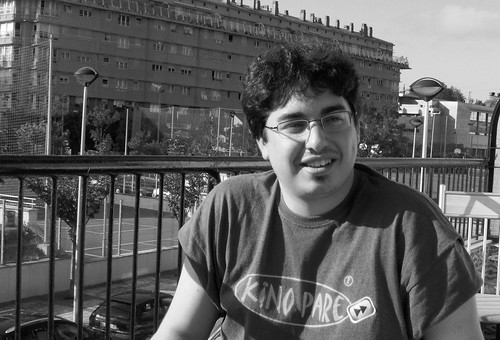Something strange is happening in the housing market
HAFF #HAFF

Yes, listings in August were 20 per cent higher than a year ago, suggesting that the traditional spring selling season has come early. But she says the increase in stock more likely reflects the fact that buyers and sellers – remember, most people are both at the same time – are growing more confident that interest rates have peaked.
Powell argues the combination of some lingering FOMO (fear of missing out) in the market and strong population growth can keep prices rising. But an increase in properties for sale will mean that the sort of rises we saw in the June quarter – when Sydney prices jumped 5.3 per cent, double what you’d expect to see in a normal upward cycle – are unlikely to be sustained.
Shane Oliver, head of investment strategy and chief economist at AMP, admits he’s confused by what he’s seeing in the market.
The fall in prices we saw last year happened much sooner than expected, given interest rates typically have a lagged effect on the economy. But the sharp jump in prices we’ve seen this year, driven by very low stock levels, doesn’t really make a lot of sense either, given those same lagged rate effects still haven’t really hit.
Oliver sees two contradictory forces pushing against each other. On the one hand, historical supply shortages are being exacerbated by booming immigration; AMP estimates that we should be building between 220,000 and 240,000 homes this year to keep up the demand, but housing starts are likely to come in around 170,000.
(On a side note, the government’s new Housing Affordability Future Fund plans to build 240,000 homes a year, but Powell points out the nation’s record is 233,000 starts in 2016, and our average is around 200,000 starts. The HAFF targets are clearly ambitious).
But if housing shortages support prices, the economist in Oliver refuses to believe that the laws of economics have suddenly stopped working. The fall in mortgage rates from 17 per cent in the late 1980s to as low as 2 per cent in the midst of the pandemic helped to boost prices, so the rise in mortgage rates to 6 per cent must – surely – have an opposite effect.
“This is the thing that makes me really nervous. Anyone who knows anything about asset prices knows that interest rates do matter.”
Oliver says the average borrower on an average wage with a 20 per cent deposit has seen their buying capacity reduced by 30 per cent due to higher rates.
“People can’t borrow anywhere near as much as they could. This is still hanging over the market.”
The potential for a second leg down in property prices is still alive, Oliver says, particularly if we get a spike in unemployment and a sharper slowdown than expected.
It’s a difficult picture, although arguably not one that should surprise us, given the economy is stuck in a sort of twilight zone as we wait for the full impact of rates to come through.
There was one important piece of consensus. While there is scepticism about whether the government can hit its stretch target of 240,000 housing starts this year, Bouris, Oliver and Powell do agree that Labor’s focus on supply can only be a good thing.